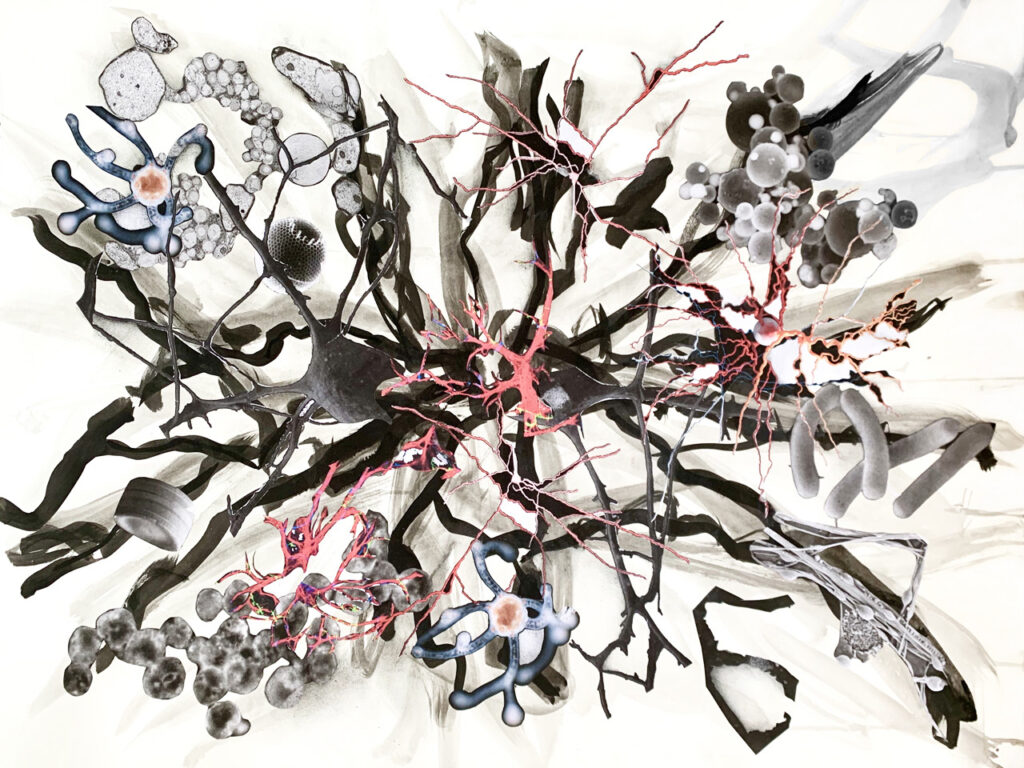
My art likes to roam and the brain is a country to travel,” says artist Julie Harrison. Science, philosophy, poetry, and art, puzzle over cognition. We know humanity is mortal stuff, yet it’s hard to resist thinking of thought as exceeding the gooey mess in our heads. Could our questions about “how we know what we know” ultimately be represented by specific patterns of brain activity? Already brain scientists can identify where emotions light up certain areas of the brain, but we are far from understanding what the light show really is. Can the wonders of science offer us a picture of our minds at work that is elastic and grand enough to encompass big thoughts?
Our brains are made of billions of neurons firing, connected by a trillion bits of pulsing fiber. Harrison is a Jules Verne of the brain, traveling through photographs of interior lands made by SEMs (scanning electron microscopes). These explorations yield uncertainty, brain science is unstable, rather than a mother lode of material fact. Nevertheless the study of what’s going on in our brains invites responses.
Her “Brains” series of drawings and photographs creates a liminal space between science and fiction. “I am transporting the biological circumstances of the brain via my hands. I am curious but not credulous,” says Harrison. Her detailed drawings are contextualized by photographs of the scientific process, taken from science research sites, and her recent artist’s sojourn at the Cold Spring Harbor Laboratory, The Celia and Wally Gilbert Art and Science Residency. The funder, Wally Gilbert, is a Nobel-prize winning chemist who is also a talented photographer (see G&S Winter 2023). Harrison lets us know that research scientists necessarily operate in a great cloud of unknowing, even if they are super well-informed. Science feeds our visual culture but often leaves our biggest questions unanswered. In addition to the “Brains” series, Harrison has created a similar “Blood” series, and another called “Bodies.”
Julie Harrison has had a fascinating and varied career in the arts encompassing video, photography, performance, paint, drawing and multimedia, as well
as artist’s books. The “Brains” series turns to simple media —India ink, graphite, and paper—to deal with profound questions about the relationship of the physical to the mental. Harrison focuses on Golgi stains, a method of isolating and making visible individual nerve cells, allowing scrutiny of activity, connections, pathology and more. How appropriate that a painter thinking in form and color would become intrigued by such deep probes of the busy life of cells and synapses. The snap, crackle, pop of these renderings infuses “still life” with pulsing energy. These energy tailings are frozen moments in cognitive activity that neuroscientists use to map the brain. Neurons “speak” in electrochemical language that testifies to the raw biological expression of thought. Likewise, Harrison’s interpretations finesse the philosophical divide between mind and matter, inviting us to jettison our assumptions.
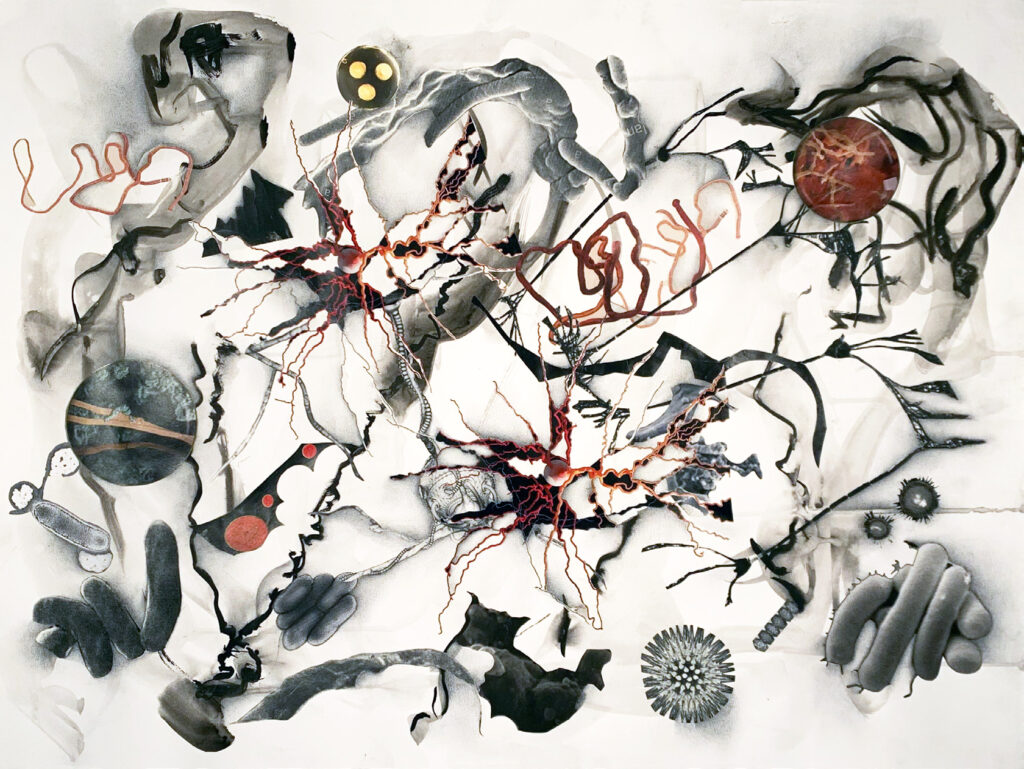
While civilians can hardly make sense of this frenzied complexity, we begin to sense through Harrison’s drawings how our minds are material. Harrison responds to research in neuroscience with interpretations: cutting, pasting, re-photographing and altering representations of neural networks to wonder at how our minds are systems that fervently defy systematization. She emphasizes shadows, the volume of tangled tubes and clusters of cells, occasionally turning to red to trace strands linking activities within the cell. The drawings document interior lands, the three pounds of processing and storage power we carry in our skulls — delicately ricocheting from scientific fact to science-fictionish speculation. “These drawings live at the edges of the recognizable,” comments the artist.
Since Harrison plays so freely with the biological bits revealed in brain science labs, it’s crucial to remember that representation is part of how science works, just as much as it is for artists. In a lab, chemistry formulas represent neural activity, algorithms help quantify action over time, and even the staining of Golgi slides derive from a system scientists use to help isolate elements for study. If art is a constantly evolving system of representation, then science with its formulas, math and specialized language is similarly a mutating set of codes and conventions used to communicate about the world. Artists ask us to abandon the straitjackets that constrain how we see the world, and science, far from being a dry compilation of facts, also demands imaginative leaps.
One of the fascinating linkages revealed in this series is that neural networks are firing in patterns which both embody the brain at work discerning significance, and exemplify a new pattern. You might say that pattern recognition is a sensation that these mappings in time, recorded in MRIs and still SEM imagery, can capture, yet not explain. These days many brain scientists emphasize how the brain acts upon information coming in. Neuroscientist Lisa Feldman Barrett has said in a 2018 Ted Talk, “Predictions are primal. They help us to make sense of the world in a quick and efficient way. So your brain does not react to the world. Using past experience, your brain predicts and constructs your experience of the world.” Harrison’s brain works hard on the science she receives, building an image of mind much more expansive than anything a microscope could render.
Scientists are providing imagery with advanced technological tools that render visible the infinitely small and fugitive elements of neurons firing. Harrison intuitively understands that the factual is both fascinating and not enough. Her drawings take us into a realm where non-scientists are unlikely to be able to name the elements, but have deep longings to grasp the inner workings of the mind. Harrison’s work unfolds at this junction of figuration and abstract desire. Says Harrison, “My drawings represent the wake of life as we move through the water of time.” These detailed works on paper celebrate mystery and knowledge, bringing technology back into the fold of humanity shepherded by art. G&S
Showing at Southern Vermont Arts Center until July 15, and Delaware Valley Arts Association Aug. 3 – Sept. 15, 2024
julie-harrison.com

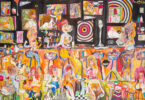
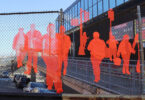
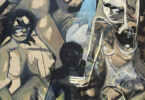

Leave a Comment